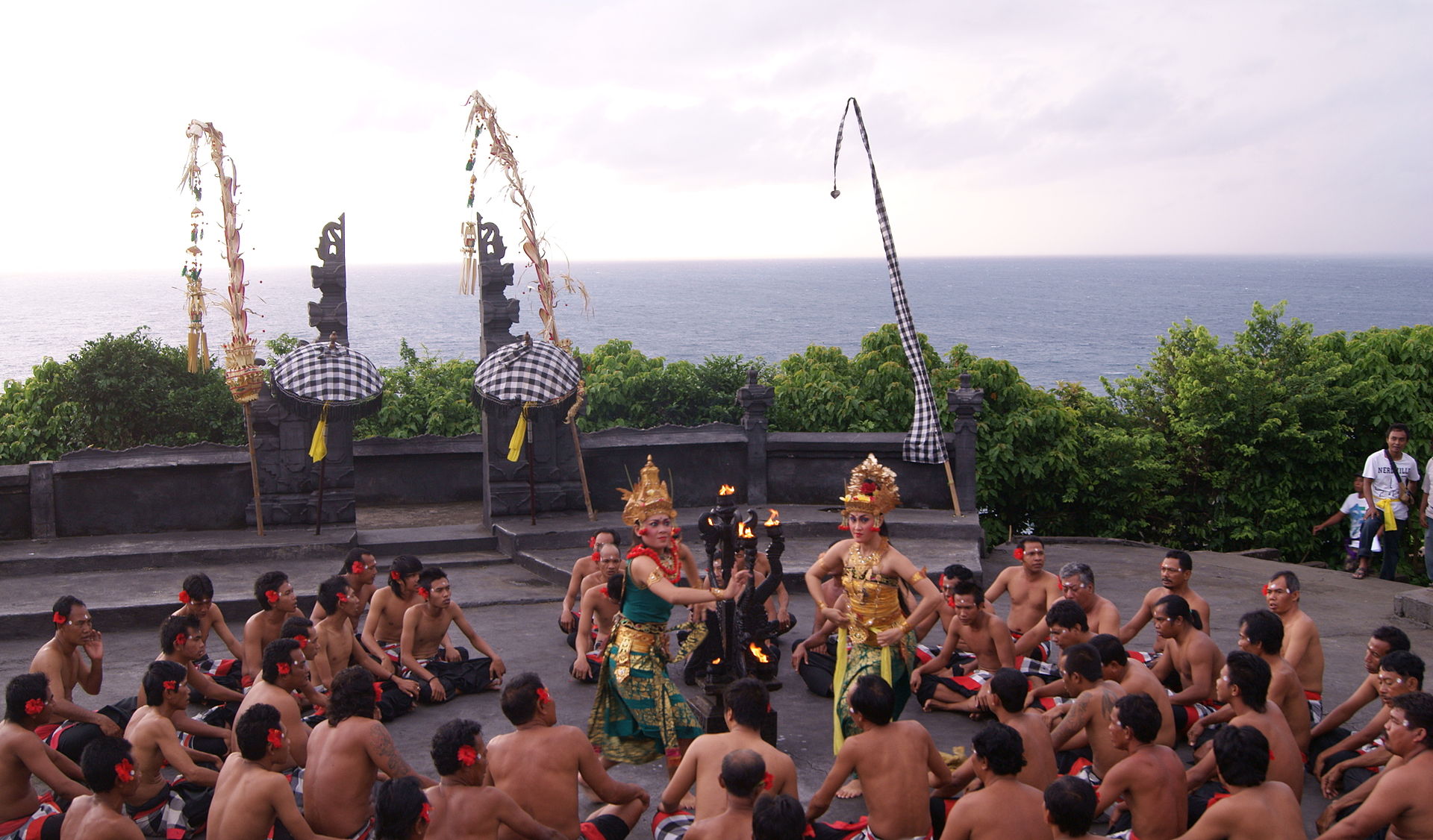
AsianOverland.net
Tour Guide - Itinerary
Asian Overland Sydney to London
Started 22/06/2022 Finished 21/06/2023365 Days ITINERARY
Day 359 date 15/06/2023BALI, INDONESIA to AUSTRALASIA
ASIANOVERLAND.NET SYDNEY TO LONDON DAY 359/34: BALI, INDONESIA
The Wallace Line distinguishes Asia from the Australasian ecozone. Plants and animals related to Asian species are found to the north-west of the Wallace Line. Australasian species (marupials, kangaroos, koalas, platypus, emus and so on) are found mainly to the south-east, with some Asian species. The line is named after Alfred Russell Wallace, who noticed this clear dividing line during his travels through the East Indies in the 19th century.
The line runs through Indonesia, between Borneo and Sulawesi (Celebes); and through the Lombok Strait between Bali (in the west) and Lombok (in the east).
The distance between Bali and Lombok is only 35 kilometers, but the distributions of many bird species observe the line, because many birds do not cross even the smallest stretches of open ocean water. Some bats cross the Wallace Line, but other mammals are generally limited to one side or the other, as they evolved over millions of years when Asia was clearly separated from Australasia.
During ice age cold periods, when the ocean levels were up to 135 m lower, both Asia and Australia were as close as they have ever been, and joined with their respective islands. The deep water between the two large continental shelf areas was — for over 50 million years — a barrier that kept the flora and fauna of Australia and Papua New Guinea separated from that of Asia. The transitional zone is sometimes called Wallacea, which consists of islands that were never connected by dry land to either of the continental land masses, and were populated by organisms which crossed the straits between islands.
In Australasia, Australian Aboriginal culture and laws always strictly required sharing of all food and water resources within the tribe or nation. These strict customary laws allowed tribal clans and nations to survive extremely harsh conditions isolated in Australia for more than 60,000 years. The rules seemed to change when Europeans arrived, with the predominant European rule being capitalistic or materialistic - “every man for himself”.
But what about women? There are many stories about people who have died and ascended to the stars, but across all of Australia, nearly every Aboriginal story about the Seven Sisters (Pleiades), is that they were being chased by a male hunter or hunters, the constellation Orion.
The stars, the universe and the Milky Way are extremely bright across Australia, and many Aboriginal stories, as well as navigation, involve the stars and the constellations. The Southern Cross doesn't only dominate the southern sky in an aesthetic way, it precisely informed Australian aboriginal people for thousands of years, that SOUTH is the direction your left thumb points to, when you hold your left hand to the Southern Cross.
Bali is a province of Indonesia east of Java and west of Lombok, and includes the main island of Bali and some smaller neighbouring islands. The provincial capital, Denpasar, is the second-largest city, after Makassar, in Eastern Indonesia. The hill country town of Ubud is Bali's cultural centre.
Bali is the only Hindu-majority province in Muslim-majority Indonesia, with 87% of the population following Balinese Hinduism. It is renowned for its highly developed arts, including traditional and modern dance, sculpture, painting, leather, metalworking, and music.
Bali is part of the Coral Triangle, the tropical waters around Indonesia, Malaysia, Papua New Guinea, the Philippines, the Solomon Islands and Timor-Leste with the highest biodiversity of marine species in the world, especially fish and turtles. In this area alone, there are over 500 reef-building coral species, about seven times as many as in the entire Caribbean. There is great snorkelling off the islands near Bali, but be careful of the currents, which are savagely strong.
Bali is home to a unified confederation of kingdoms composed of 10 traditional royal Balinese houses, each house ruling a specific geographic area. The confederation is the successor of the Bali Kingdom. Nine Hindu sects existed, and each revered a specific deity as its personal God.
Culturally and linguistically, the Balinese are closely related to the people of the Indonesian archipelago, Malaysia, the Philippines and Oceania.
Balinese culture was strongly influenced by Indian, Chinese, and particularly Hindu culture, beginning around the 1st century AD. The name Bali dwipa ("Bali island") has been discovered from various inscriptions, including the Blanjong pillar inscription written in 914 AD.
Inscriptions from 896 and 911 do not mention a king until 914, when Sri Kesarivarma is mentioned. They also reveal an independent Bali, where Buddhism and Hinduism/Shaivism (the worship of Shiva) were practised simultaneously. It was during this time that the people developed their complex irrigation system subak to grow rice in wet-field cultivation. Religious and cultural traditions still practised today, can be traced to this period.
The Hindu Majapahit Empire (1293–1520 AD) on eastern Java founded a Balinese colony in 1343. Mass Javanese immigration to Bali occurred in the next century until the Majapahit Empire fell in 1520. Bali's government then became an independent collection of Hindu kingdoms which led to a Balinese national identity and major advances in culture, arts, and economy.
The nation with various Hindu kingdoms was independent for 386 years until 1906, when the Dutch subjugated the Balinese people for economic control and took Bali over.
© This work is copyright. Apart from any use permitted under the Copyright Act 1968, no part may be reproduced by any process, nor may any other exclusive right be exercised, without the permission of Peter Searle, peter@portseavillageresort.com; 1980-2024.
Website built by Justin O’Dea www.webdeveloperdocklands.com.au
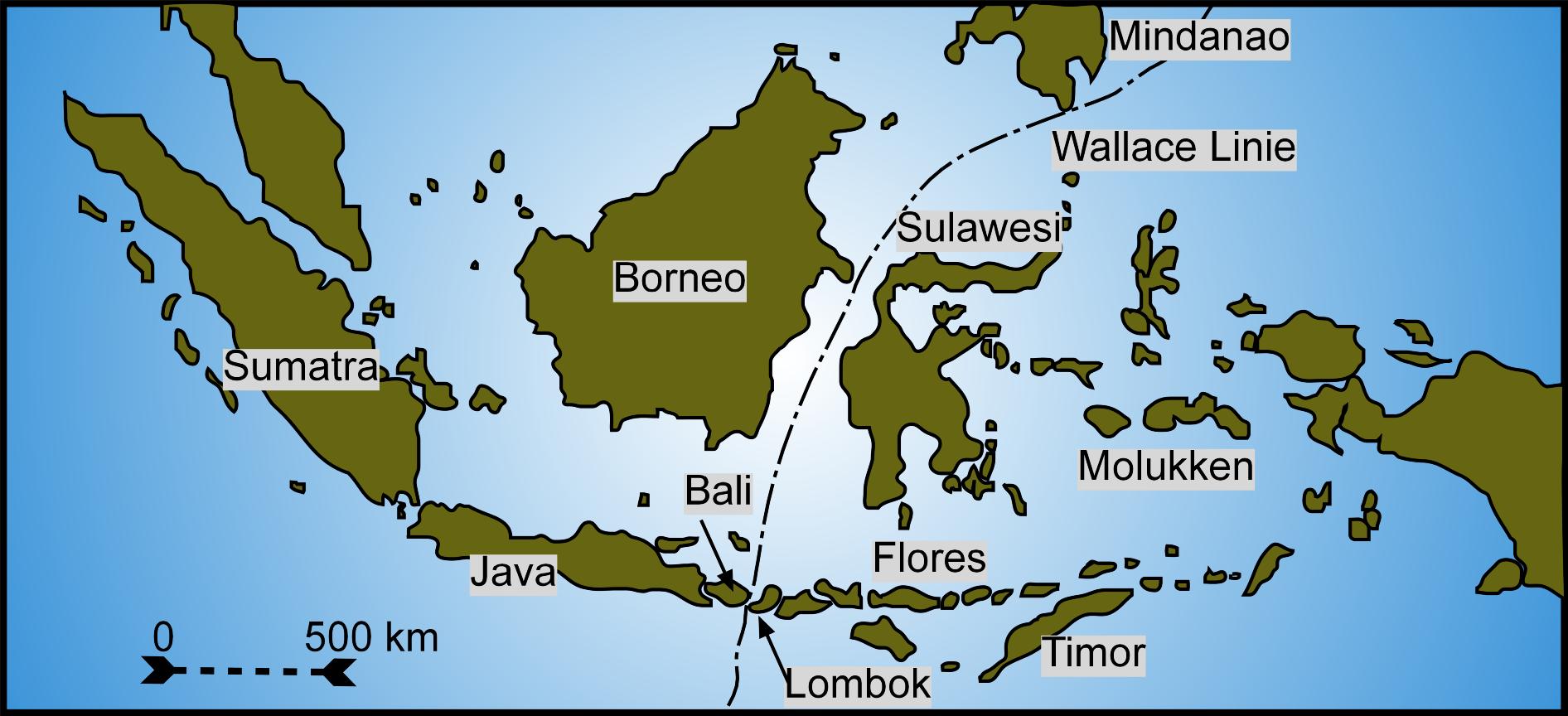
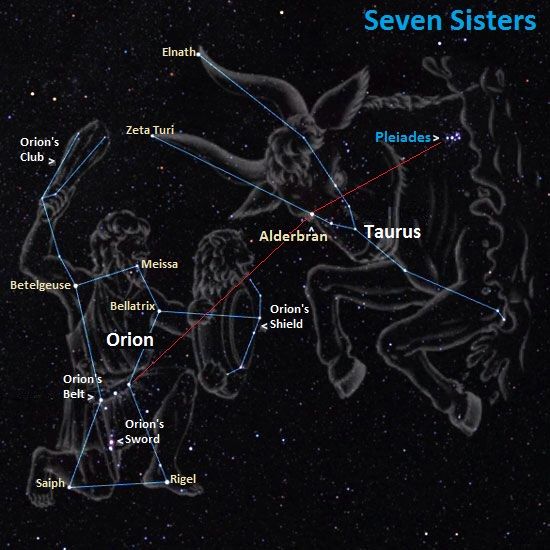
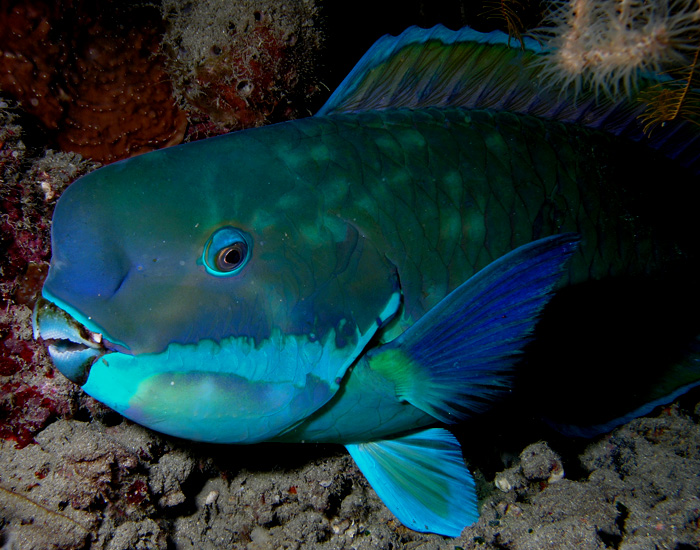


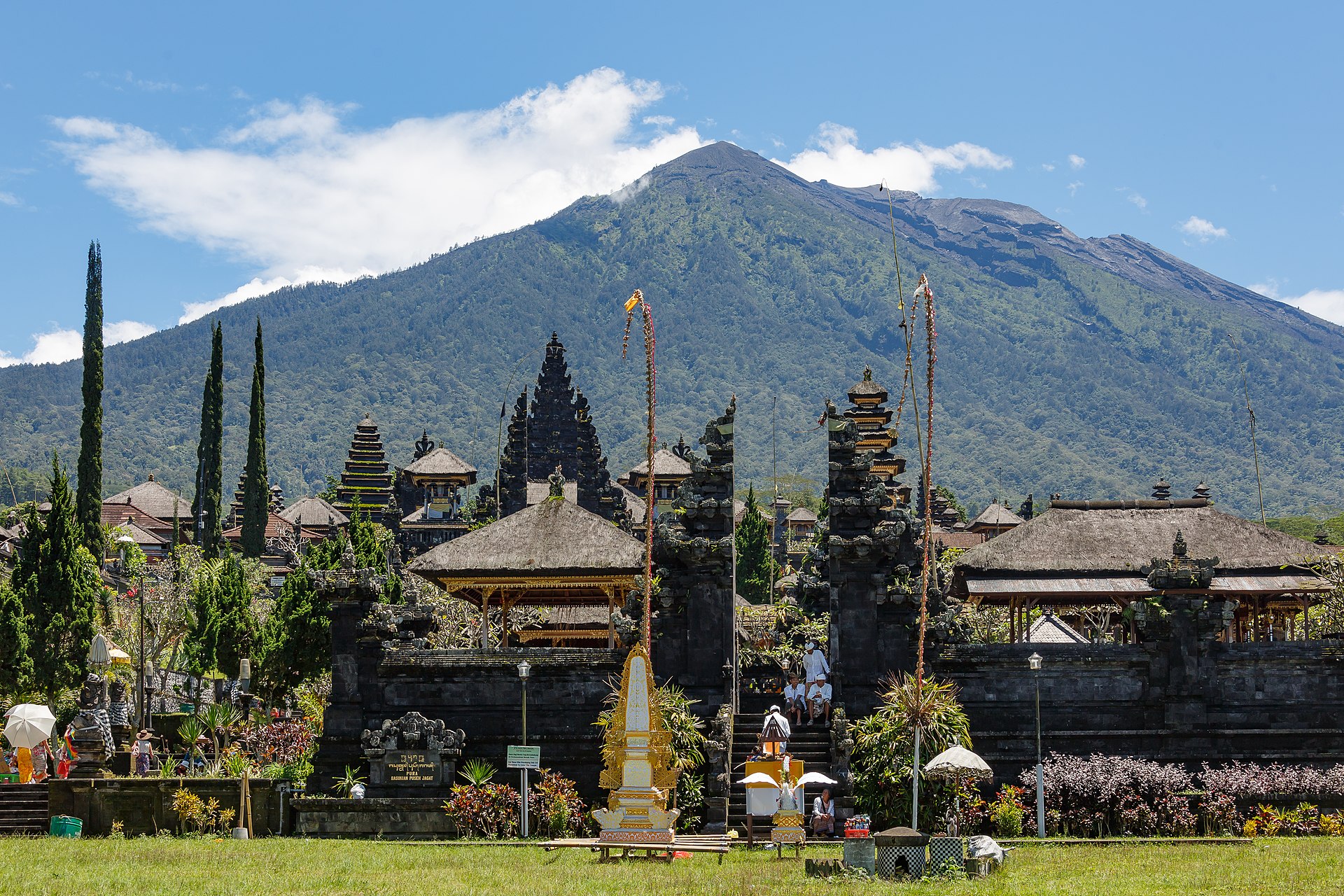
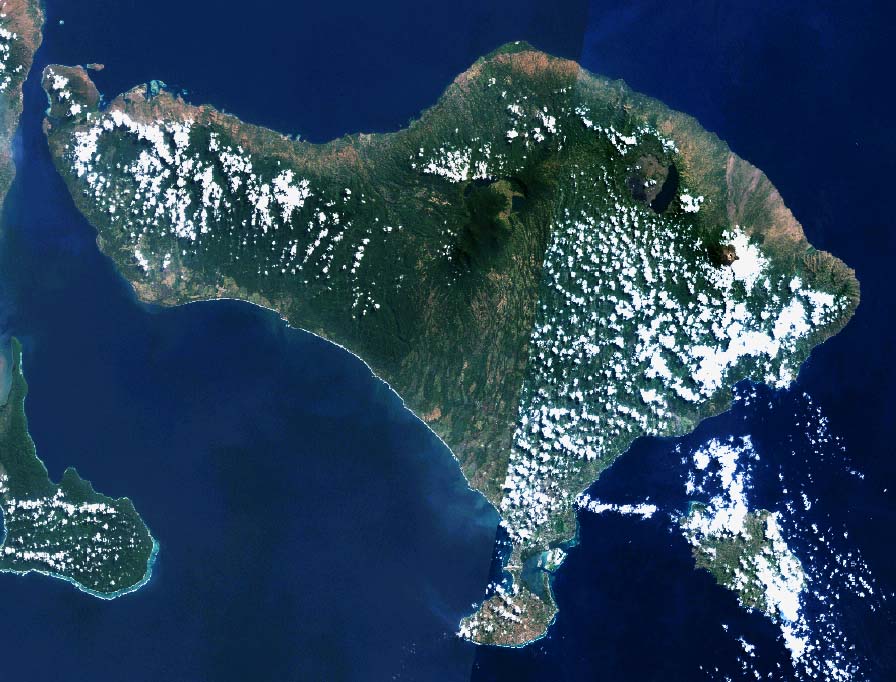
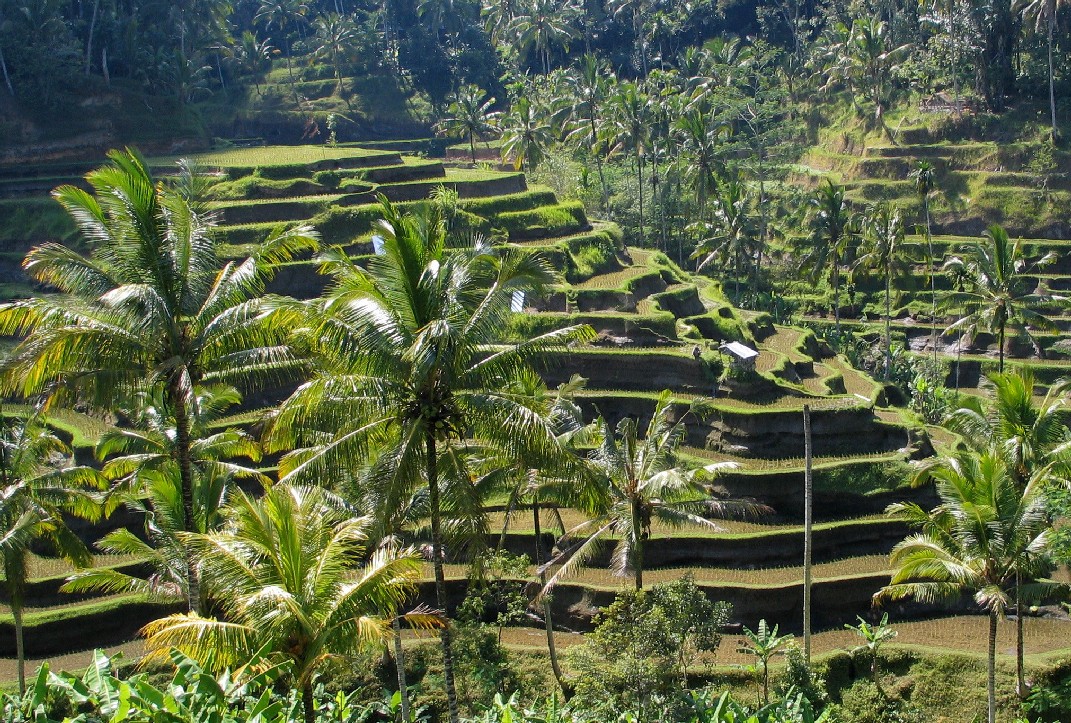
.jpg)


